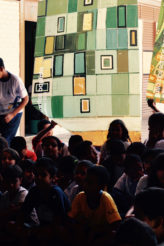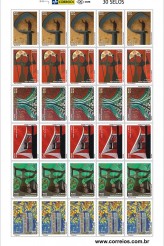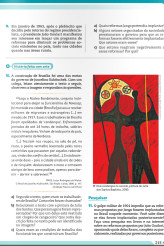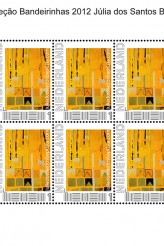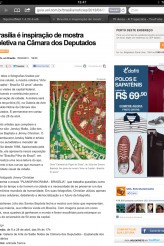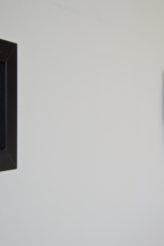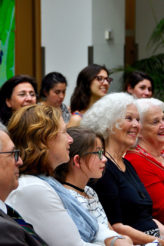I have been developing my work within the socio-educational scope, my personal commitment to contribute to the improvement and benefit of children’s universe. I am convinced that education for citizenship is one of the keys to creating a more humane and democratic society. In this context, during the last few years I have held various exhibitions, interviews and given art classes to children in public schools, both in Brazil and in the Netherlands.
In addition to these activities, I contributed to the illustration of the book Estudar História, Das Origens dos Homen à Era Digital – volume 6 – by the historian Patricia Ramos Braick, belonging to the History Study Collection for secondary education. I also desiged the natinonal stamps collection of the fiftieth anniversary of Brasília, capital of Brazil.
More recently, I was invited by academic Dr. Lee Pegler of the International Institute of Social Studies (ISS) of Erasmus University of Rotterdam, which is based in The Hague, to collaborate on the design and organisation of an interlinked exhibition of some paintings from my Medusa Collection with a lecture on Lee’s international socio-economic research work.
The exhibition depicts the relationship between in particular Brazil and The Netherlands from the perspective of the arts and the social sciences. The institute is doing pioneering research on value chains and their socio-economic importance, international trade relations and multi-cultural which are a reflection of their interplay. But there is also a cultural impact and the Medusa Collection is seen as a good and inspiring example.
The exhibition is an attempt to focus on to stabilisch a potential dialogue between Art and Social Sciences in order to make Ph.D. and M.A. students aware of the processes that lead them to develop their research. In seeking more egalitarian and harmonious solutions to the many scientific and social issues that surround us, they will start from a deeper understanding that can offer an adequate support to humanity in a more peaceful and humanitarian way.
The Where Art Meets Science Exhibition takes place in two places simultaneously, the ISS Atrium – International Institute of Social Studies of Erasmus University in The Hague and on the Keizer Viaduct Karel A9 Open-air gallery in Amsterdam, and to thus spread its message of insipration at both academia as well as street level alike.
